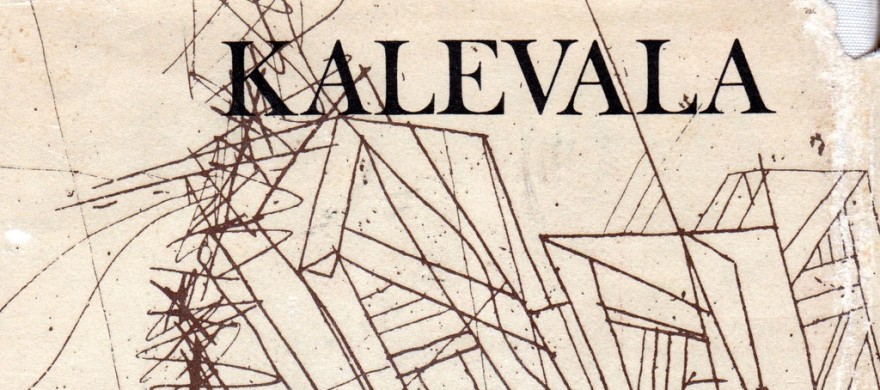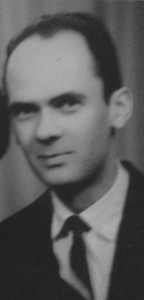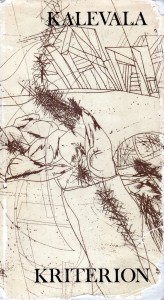Kálmán Nagy 1972
Kálmán Nagy (1939–1971) was a Transylvanian-Hungarian teacher and translator. Ádám T. Szabó talks about his time as a student at the university in Kolozsvár (today Cluj) at the department of Hungarian language and literature:
“About 80 students are admitted to the department and half of them have to study Finnish as a compulsory subject in the second academic year. As the university does not have direct contacts to Finland and the teacher of the subject has never visited Finland, the teaching is mostly theoretical. However, it is very demanding: many feel that the Finnish language is a nightmare and they often have to re-take the whole academic year because of this cognate language. Kálmán Nagy did not find the studies to be a nightmare: he was interested in the Finnish language.”
When Kálmán Nagy finished his studies in 1950, he was appointed teacher of Hungarian in northern Transylvania, in Baia Mare-Nagybánya. He taught the Hungarian language and literature to children for ten years. He devoted his free time to his hobby, which was to translate the Kalevala. He did not use previous translations of the Kalevala to help him and he did not have the opportunity to travel to Finland.
The New Kalevala in the shadow of the factory
”However, Nagy was lucky: Finnish industry came to his aid”, Szabó writes. “The countries had agreed that a factory would be built in the vicinity of Baia Mare-Nagybánya and in order to interpret the Finnish plans for installation and usage of the machinery, Finnish engineering competence was needed. Kálmán Nagy contacted the Finns that had come to the area and, with their help, he received the handbooks that he needed, as for example, a dictionary of the Kalevala and a dictionary of modern Finnish. At the same time, he had the opportunity to work on his language skills with the Finns on a daily basis. Thus, a new Hungarian version of the New Kalevala was created in the shadow of the factory.
Sadly enough, Kálmán Nagy died at the young age of 32 years. His widow wrote comments and created an index of names to the translation of the Kalevala. The lifework by Kálmán Nagy, a complete Hungarian Kalevala, was published posthumously in 1972 by the publishing company Kriterion in Bukarest, Romania. 4500 copies of the books were printed and these were sold out in a few days.
Compared to the translation by Vikár, the interpretation by Kálmán Nagy is simpler, a bit dry as well, and this is perhaps why it is more easily understood and readable for the common people. At the same time, it is filled with a feeling of folk poetry, and it feels right and it also feels like the translator has understood it correctly. Kálmán Nagy’s translation of the Kalevala is, in all its simplicity – or perhaps because of it – a valuable and successful piece of work, which enriches the literature of the Hungarian speaking minority in Romania as well as Hungarian literature in general.
Szabó, Ádám: ”Uusi unkarinkielinen Kalevala” – Kalevalaseuran vuosikirja 54. Helsinki: WSOY. 1974.


